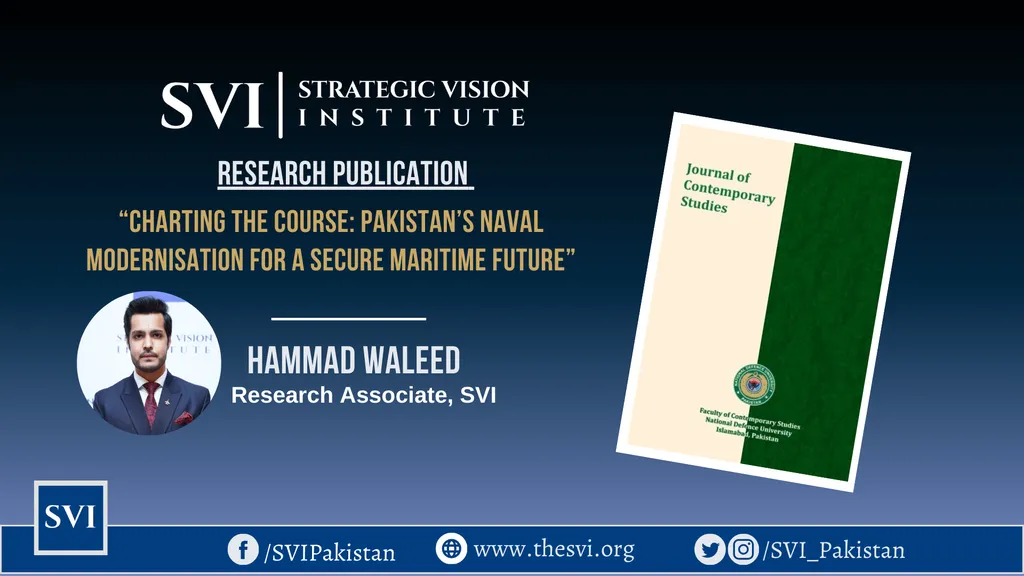In the vast, interconnected world of maritime industries, understanding patterns and systems can be key to efficiency and innovation. A recent study published in the journal “AIP Advances” (which translates to “Advances in Physical Sciences”) has delved into the fascinating world of pattern formation, using a model that could have significant implications for various sectors, including maritime.
The research, led by Muhammad Saqib from the Institute of Mathematics at Khwaja Fareed University of Engineering and Information Technology in Pakistan, explores the dynamics of pattern formation using the Gray–Scott (GS) model. This model is a well-established framework for studying reaction–diffusion systems, which are crucial in understanding how substances spread and interact over time and space.
So, what does this mean for maritime professionals? Well, imagine trying to understand how pollutants spread in the ocean, or how certain chemical reactions occur in marine environments. The GS model can help simulate these processes, providing valuable insights. As Saqib explains, “The utilization of pattern formulations proves to be extremely useful in the analysis of the interaction between diffusion and reactions.”
The study employs advanced numerical techniques, including the staggered grid finite volume approach and the Crank–Nicholson method for time discretization. These methods ensure reliable and accurate solutions, which are essential for making informed decisions in maritime industries.
One of the key findings of the research is the demonstration of second-order convergence in both temporal and spatial domains. This means that the numerical schemes used are highly accurate and can be trusted to provide precise results. As Saqib notes, “The results demonstrate the accuracy and reliability of the proposed numerical schemes, highlighting their potential applicability to a wide range of reaction–diffusion systems.”
The implications of this research are far-reaching. In material science, for instance, understanding pattern formation can lead to the creation of innovative materials that are more resistant to marine environments. In chemical engineering, it can help in the development of novel devices that are more efficient and environmentally friendly. In biophysics, it can provide insights into biological systems that are crucial for marine life.
For the maritime sector specifically, this research could lead to better understanding and management of marine ecosystems, improved pollution control, and more efficient use of resources. It could also aid in the design of better marine structures and materials that can withstand the harsh conditions of the ocean.
In essence, this research is a stepping stone towards a deeper understanding of the complex systems that govern our oceans. By leveraging the power of numerical simulations, we can make significant strides in maritime technology and environmental management. As Saqib puts it, “These discoveries have the potential to be utilized in the advancement and enhancement of a wide variety of technologies and applications.”
So, while the study may seem abstract at first glance, its implications are very real and very relevant to the maritime world. It’s a testament to how advanced mathematical models and numerical techniques can help us navigate the complex waters of our oceans.

